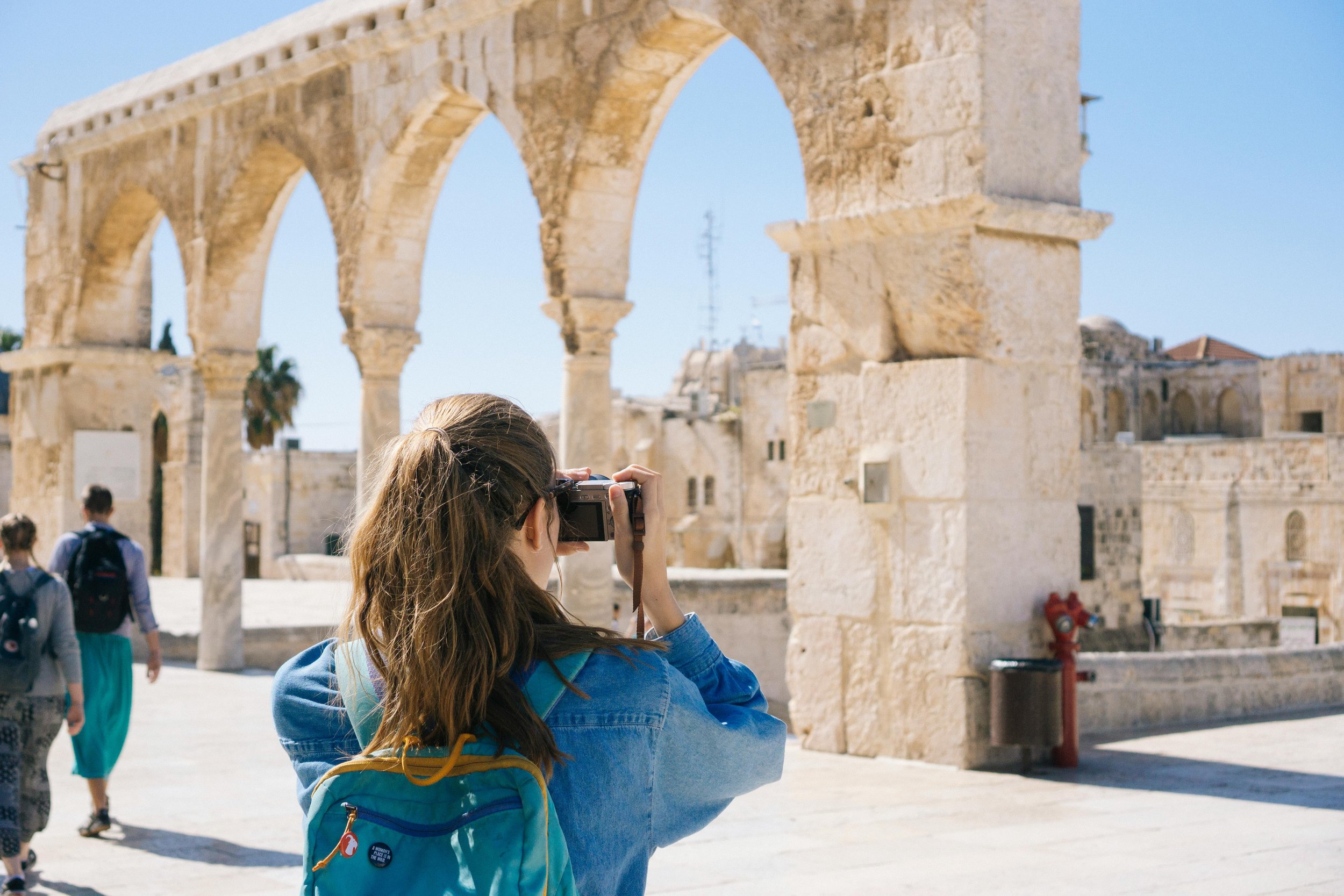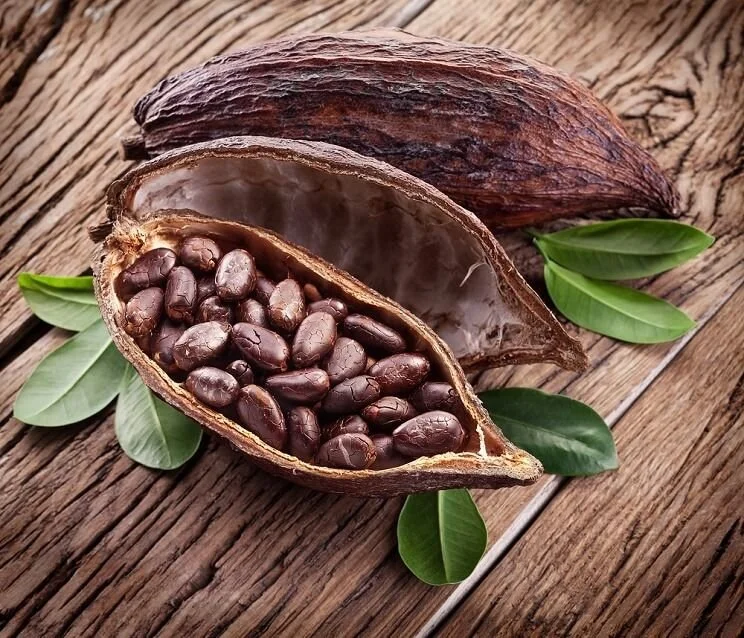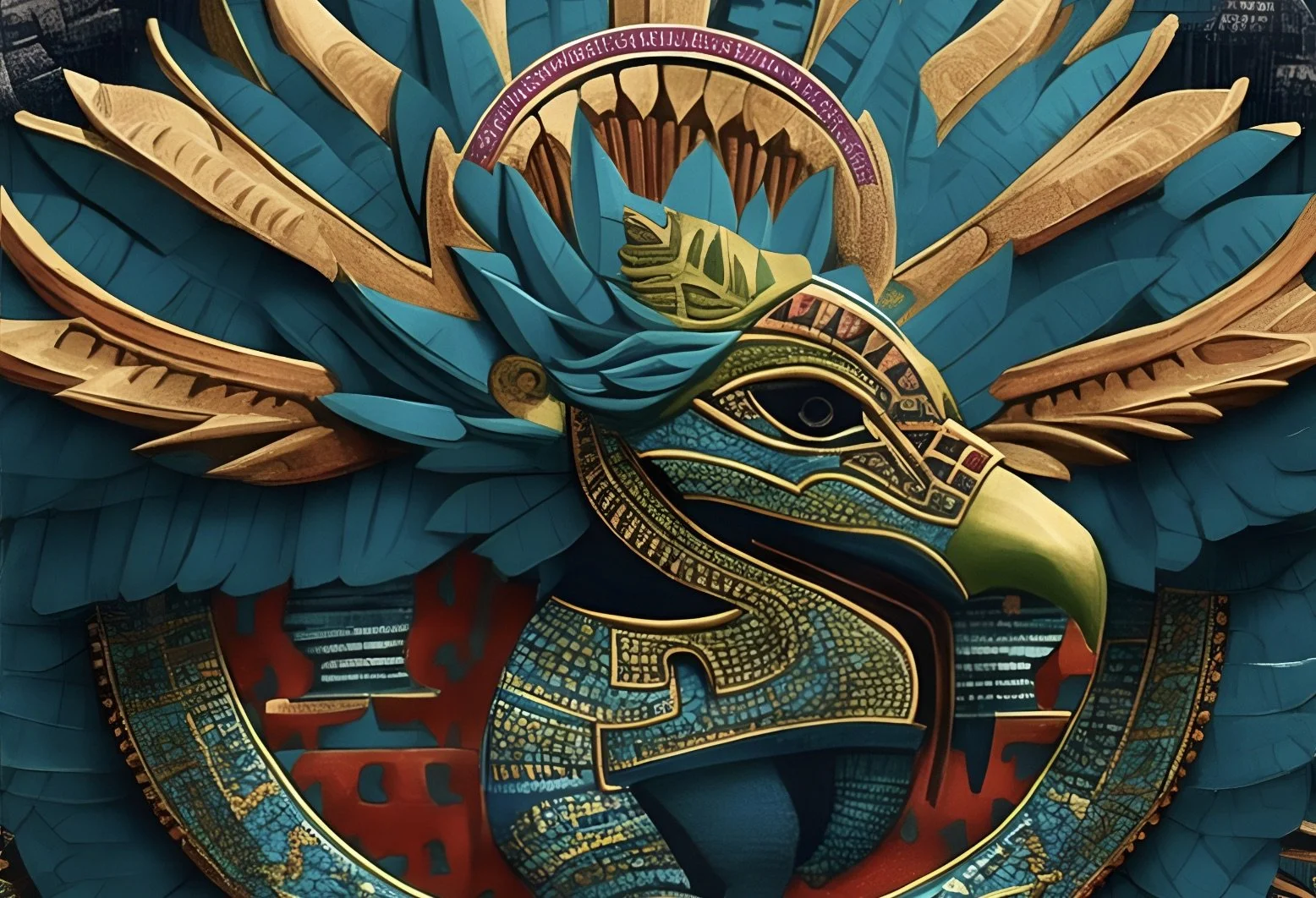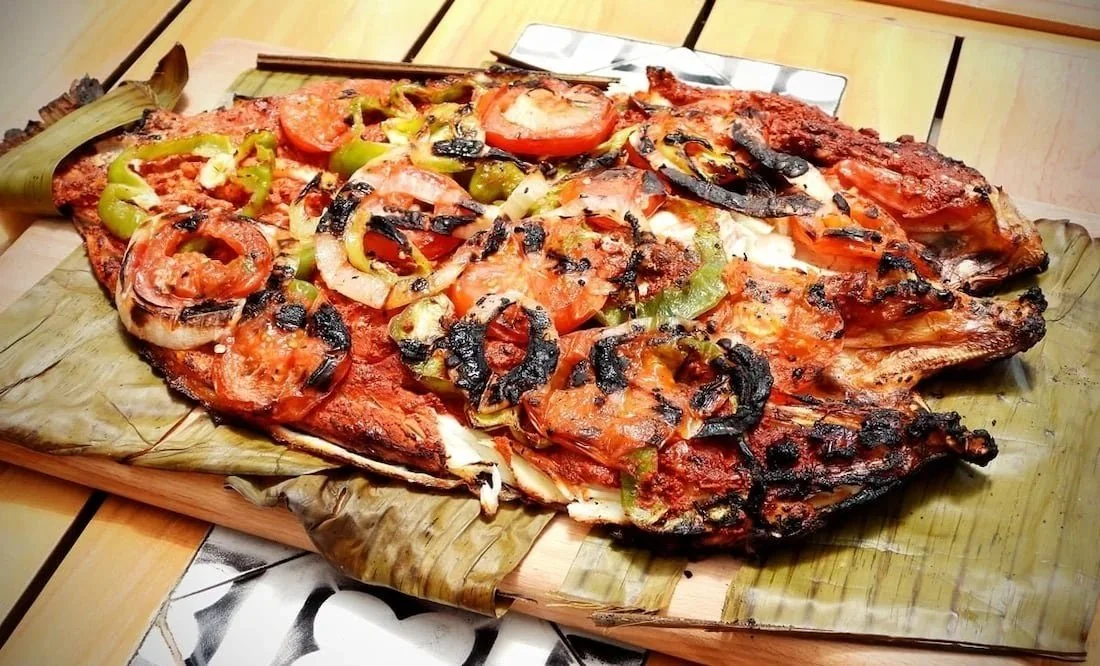Espresso Boarding: Cozumel, Mexico
Espresso Boarding sends a weekly burst of inspiration for your travel plans.
Cozumel: The Island Escape You’ve Been Dreaming Of
There is something about feeling heat from the sun on my shoulders that instantly makes me feel fabulous. When it’s cold and grey outside, I begin to dream of my next trip to Cozumel.
We show you the best beach that is not crowded and so you have lots of room to enjoy this fabulous experience..
- Cris
Jump to what to eat
Punta Sur Eco Beach Park
The Location of Heaven
Located at the southern tip of Mexico, near Belize and Cuba, lies the most perfect island of Cozumel. This is where I imagine ‘La Isla Bonita’ (Madonna) was written and I have never met anyone who regretted their time in the Mexican sun on this island.
The Best Beach In Cozumel
Cozumel is an island and so has lots of beaches. Many can become quite crowded and several are “owned” by resorts along the coast. We prefer a beach that has fewer people and no attitude. Who wants to deal with attitude on vacation?
Punta Sur is a slice of paradise on the southern tip of Cozumel. Imagine endless white sand, calm turquoise waters, and a vibe so peaceful it feels like time slows down. It’s part of an ecological reserve, so nature here takes center stage. You’ll likely see colorful fish, birds, and maybe even a crocodile in the lagoon!
It's not a place swarming with tourists, which is why I love it. We really enjoyed snorkeling to see turtles, starfish, and reefs (no touching). The best part? You can climb the historic Celarain Lighthouse for a panoramic view that will leave you speechless. There’s an entrance fee, but it’s worth every peso. Bring sunscreen, snacks, and a snorkel—you won’t want to leave!

Perfection

Seashells outnumber people
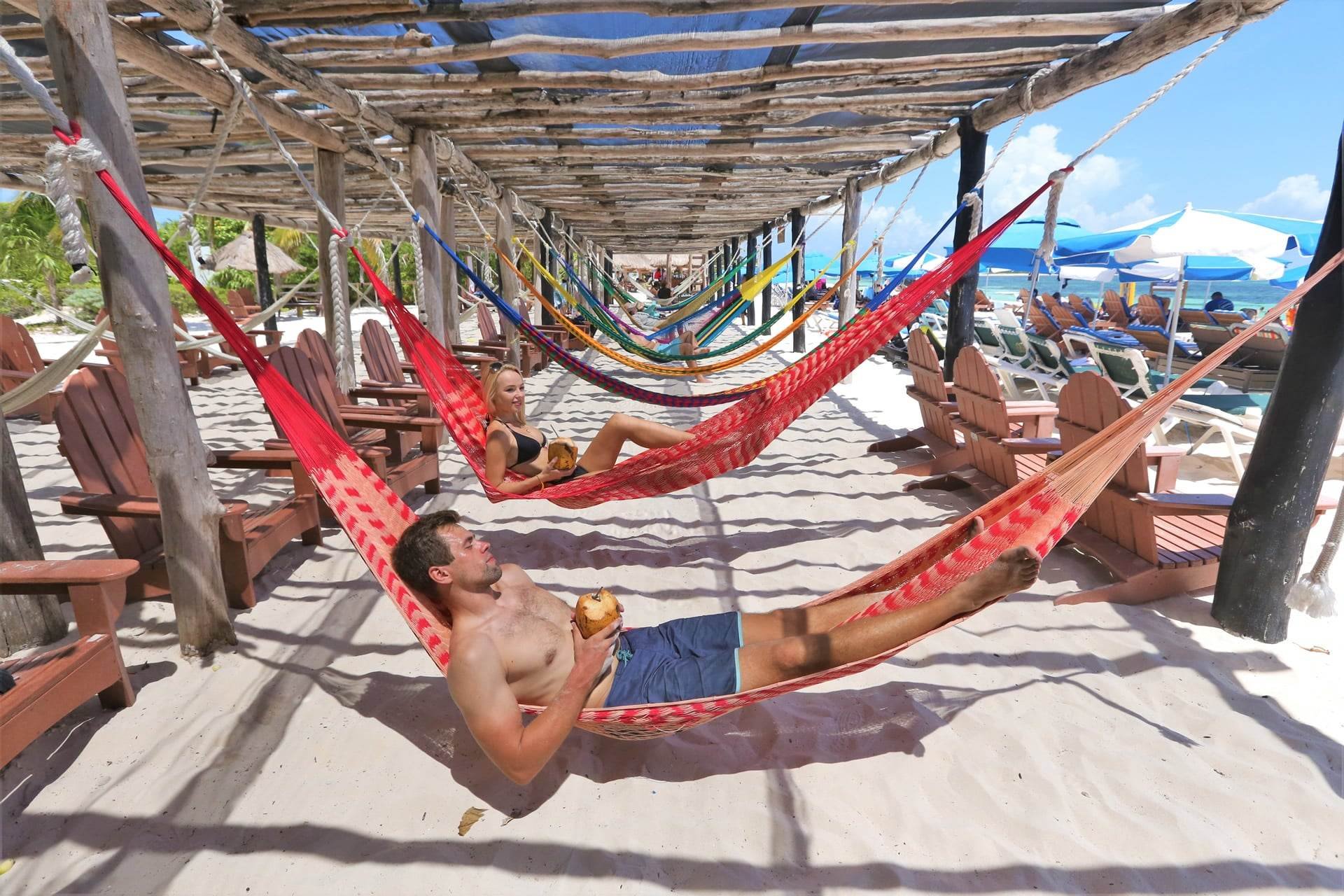
Your daily exercise

The water is so clear!

Snorkeling
Let me tell you about the time I almost met a crocodile at Punta Sur Eco Beach Park! Don’t worry—it wasn’t scary, but it was definitely exciting. Punta Sur isn’t just a beach; it’s like stepping into a nature wonderland. One sunny morning, I went there with a few friends. We decided to explore the lagoon because we heard it was home to all sorts of cool animals.
As we walked along the wooden bridge over the water, something caught my eye—a pair of eyes poking out just above the surface. It was a crocodile! It wasn’t very big, maybe the size of a large dog, and it wasn’t moving. We whispered to each other, trying not to scare it (or ourselves).
Then a guide walked by and said, “Don’t worry, that’s Nacho! He’s been living here for years and is pretty lazy. He’s more interested in sunbathing than anything else.” Sure enough, Nacho slowly floated closer to the bank and plopped himself on a patch of grass to soak up the sun.
The best part was climbing the lighthouse afterward. From the top, you could see everything—the sparkling ocean, the mangroves, and even Nacho chilling in his spot. It felt like I was on top of the world, looking down at this magical place where nature and adventure come together.

Crocodile!

Heron
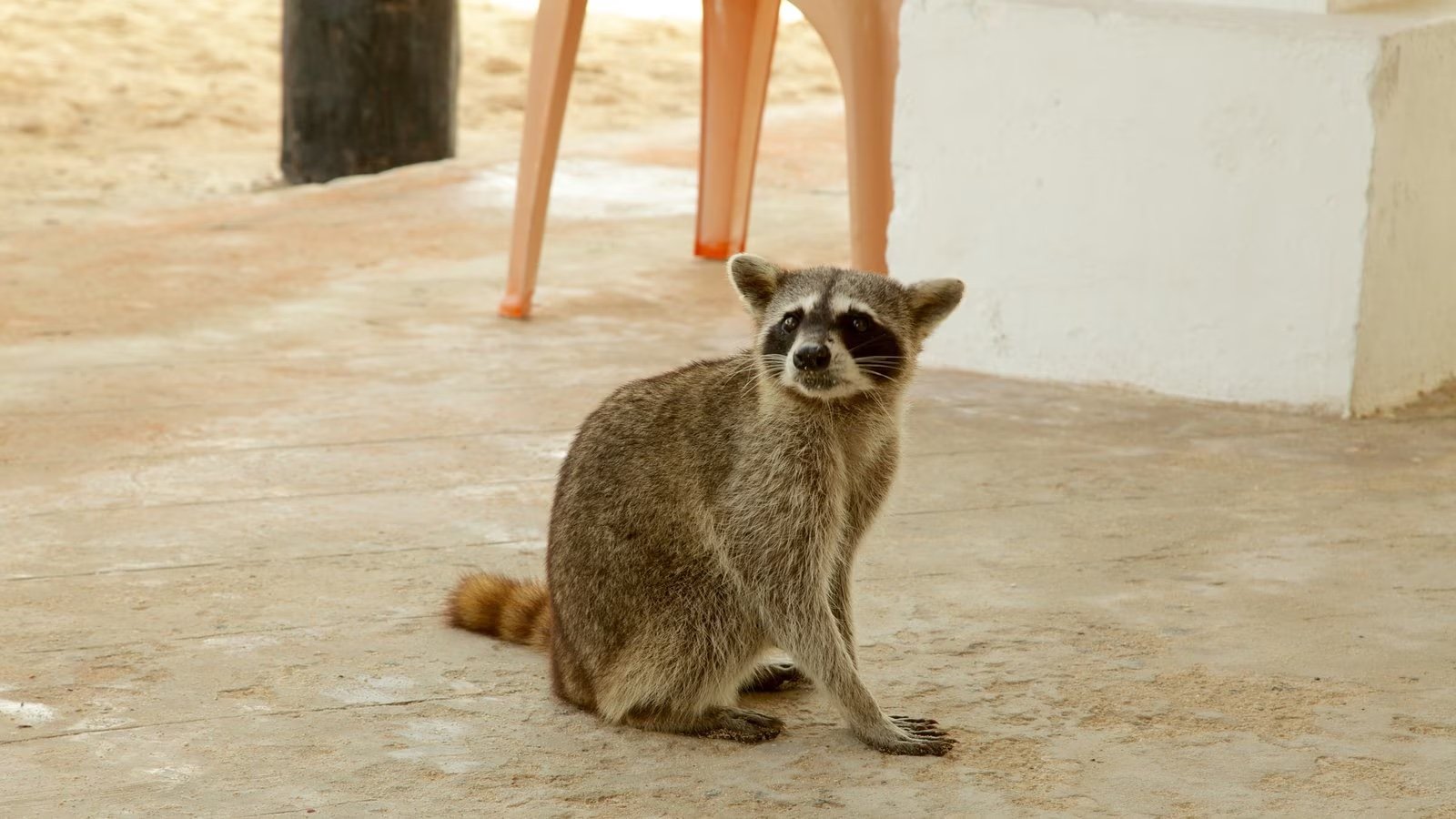
Cute little thief

Pink flamingos
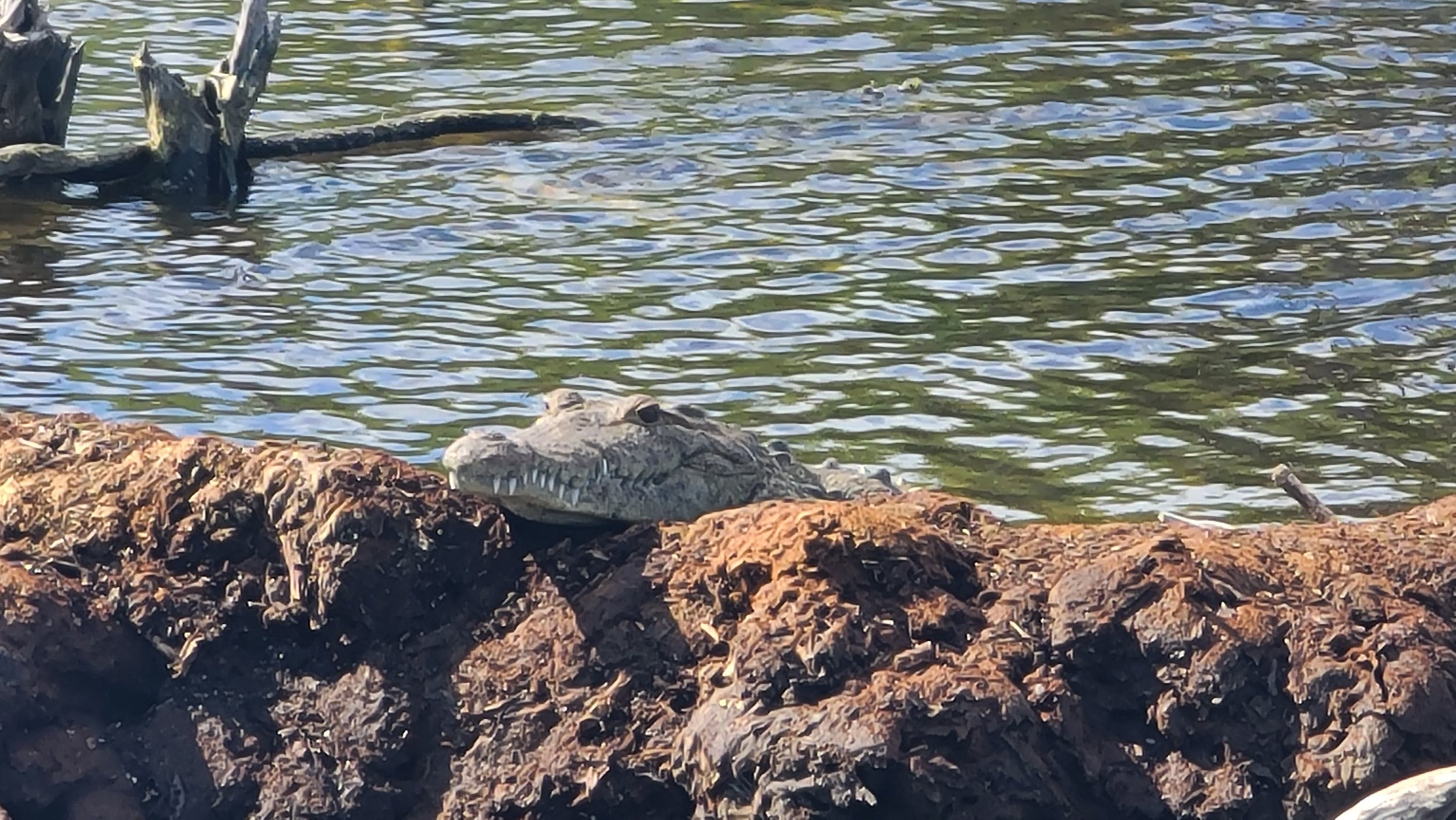
Nacho ♥️

Snorkle to see turtles
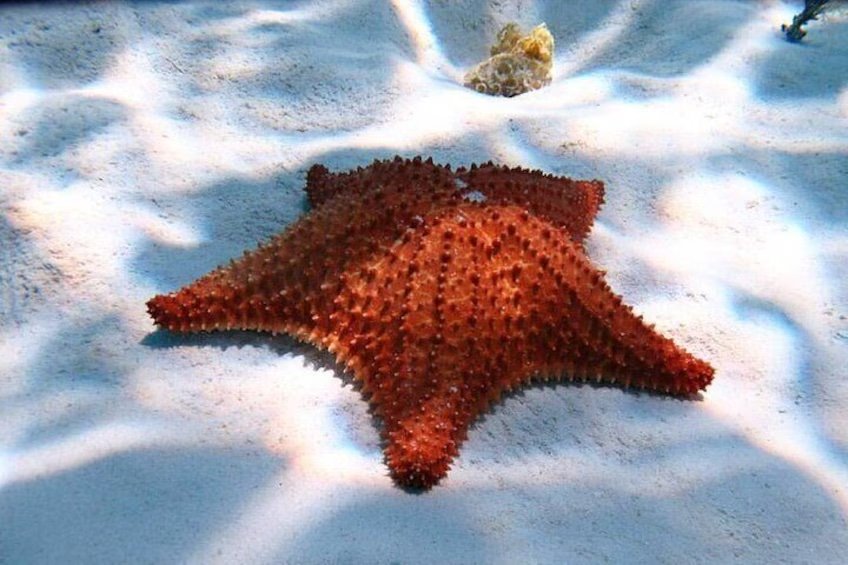
Snorkeling with starfish
Cacao
Cozumel is heavily influenced by its glorious Mayan heritage. Cacao, for example, was believed to be “the food of the Gods.” I have to agree with that statement.
The Mayan Cacao Myth and Its Role in Society
According to Mayan mythology, cacao was gifted to humans by the gods. Specifically, the god Kukulkan (a feathered serpent deity) brought cacao to the Maya after humans were created from maize, the sacred grain. This divine origin made cacao a symbol of life, fertility, and wealth.
The Maya used cacao beans as currency and consumed it as a frothy, bitter drink mixed with spices like chili, honey, or vanilla. They called it "kakaw" and reserved it for the elite, warriors, and during sacred rituals. The frothy bubbles were so important that vessels were specifically designed to create foam, symbolizing the drink’s connection to the heavens. I wonder if modern militaries would be more successful with recruitment if they offered free chocolate every day?
Few People Know…
One quirky aspect of Mayan cacao culture is that the foam on top of the cacao drink was more prized than the drink itself. Maya would pour the liquid back and forth between vessels to create a thick layer of bubbles, which they believed carried the essence of the drink’s spiritual power.
In some ceremonial contexts, the foam was offered to the gods, while the remaining liquid was consumed by participants. Imagine attending a Mayan feast where everyone’s more excited about the bubbles than the drink!
Kukulkan, bringing progress, education, and technology (and cacao)
Now that our chocolate (cacao) drinks have been served, what should we eat?
Tikin Xic
A unique specialty you will find in Cozumel is Tikin Xic (pronounced teek-in-sheek), a traditional Mayan fish dish. It’s flavorful, vibrant, and captures the essence of Cozumel’s proximity to the sea and its Mayan heritage. People who know me understand that I get a certain look on my face when experiencing pure joy from a fabulous new food. Fish is not usually that enticing to me, and so my initial impression was “fish pizza? I’ll skip the fish, thanks.” Thank goodness my friends shamed me into trying the unaltered version.
Bliss. Pure bliss.
You can make Tikin Xic in your own kitchen and save the whole TSA process.
Tikin Xic
Tikin Xic (Mayan Grilled Fish) Recipe
Ingredients
1 whole fresh fish (snapper or grouper, cleaned and scaled)
3 tablespoons achiote paste (annatto seed paste)
1/4 cup fresh orange juice (preferably sour orange, or a mix of orange and lime juice)
2 limes, juiced
3 garlic cloves, minced
1 teaspoon ground cumin
1 teaspoon smoked paprika (optional, for extra depth)
1/2 teaspoon salt
1/4 teaspoon pepper
1 large banana leaf (or aluminum foil as an alternative)
1 medium onion, sliced thinly
1 tomato, sliced thinly
1 bell pepper, sliced thinly
Fresh cilantro, for garnish
Instructions
Prepare the Marinade:
In a bowl, mix the achiote paste with orange juice, lime juice, minced garlic, cumin, paprika, salt, and pepper to create a thick, smooth marinade.
Marinate the Fish:
Score the fish with shallow cuts on both sides.
Rub the marinade generously inside and outside the fish, ensuring it penetrates the cuts. Let it marinate in the fridge for at least 1 hour, ideally 2–3 hours.
Prepare for Cooking:
Lay the banana leaf (or foil) on a flat surface. Place half of the onion, tomato, and bell pepper slices on the leaf.
Position the marinated fish on top, and layer the remaining onion, tomato, and bell pepper slices over it.
Wrap the Fish:
Fold the banana leaf around the fish, creating a secure package. If using foil, wrap tightly to seal the juices.
Cook the Fish:
Grill: Place the wrapped fish on a medium-hot grill for about 20–30 minutes, turning halfway through. Ensure the fish is cooked through (internal temperature of 145°F or until the flesh is opaque).
Oven: Preheat to 375°F and bake the wrapped fish for 25–30 minutes.
Serve:
Unwrap the banana leaf at the table for a dramatic presentation. Garnish with fresh cilantro and serve with warm corn tortillas, rice, or a side of xnipec (a Mayan pico de gallo with habanero).

Need a place to sleep?
